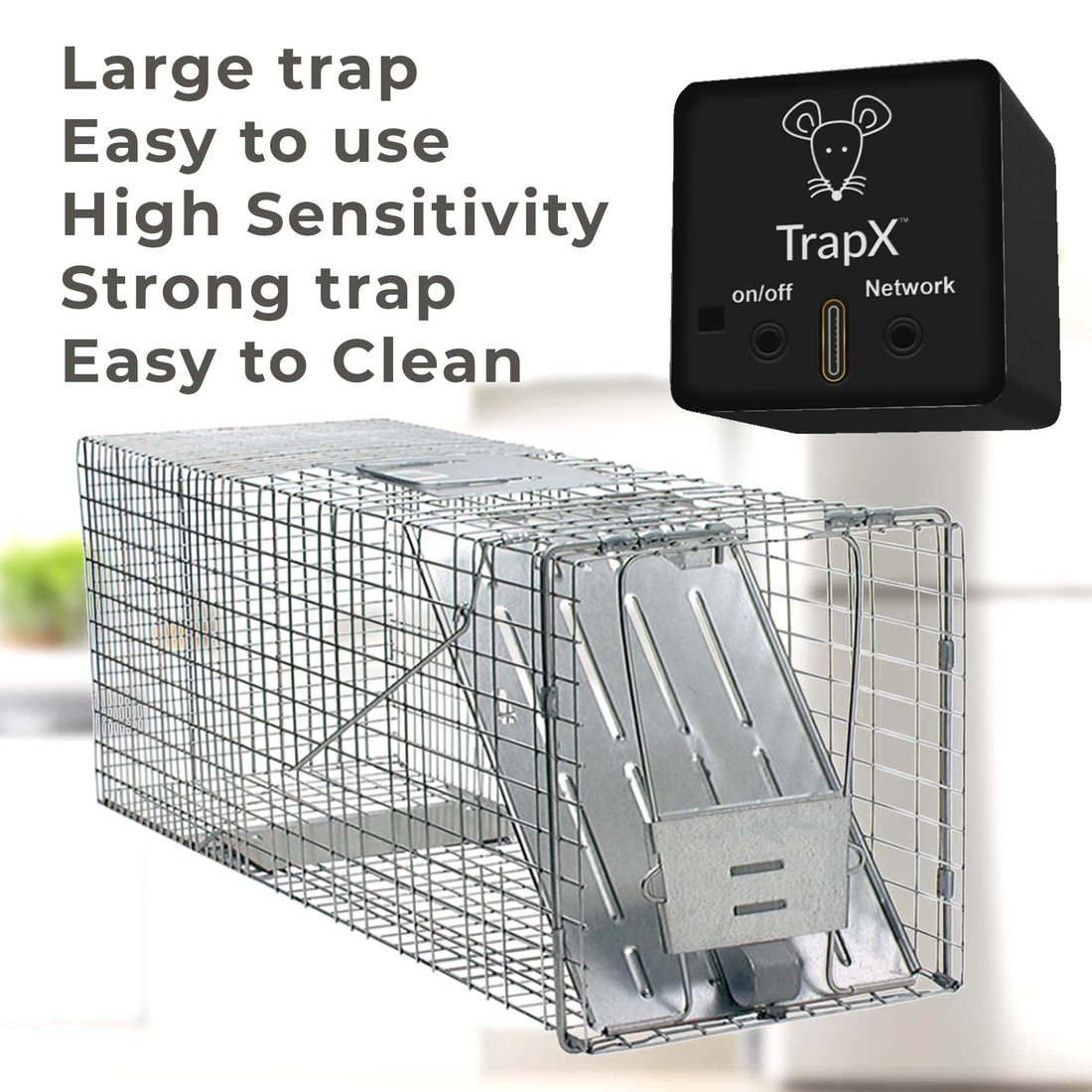The Ultimate Guide to Catching a Mouse in a Mouse Trap
Share
Are you tired of dealing with pesky mice running rampant in your home? Do you find yourself constantly on edge, wondering when you'll spot another one scurrying across the floor? Well, fear no more! In this comprehensive guide, we will walk you through everything you need to know about catching a mouse in a mouse trap.

The Importance of Pest Control
Before we dive into the specifics of mouse traps, let's first discuss the importance of pest control. Rodents like mice can cause a wide range of problems in your home. They can damage your property, contaminate your food, and spread diseases. It's crucial to take proactive measures to eliminate these pests and keep your home safe and clean.

Choosing the Right Mouse Trap
When it comes to catching mice, not all traps are created equal. There are several different types of mouse traps available, each with its own pros and cons. The most common types include snap traps, glue traps, and electronic traps. Consider factors such as effectiveness, safety, and ease of use when selecting the right trap for your needs.
Snap Traps
One of the oldest and most traditional types of mouse traps is the snap trap. These traps consist of a spring-loaded metal bar that snaps shut when triggered by the mouse. Snap traps are highly effective and can quickly kill the mouse. However, they can be dangerous if not handled properly, so be sure to follow the instructions carefully.
Glue Traps
Glue traps are another popular option for catching mice. These traps are coated with a sticky adhesive that immobilizes the mouse once it steps onto the trap. While glue traps are effective at catching mice, they do not kill them immediately. Instead, you will need to dispose of the trapped mouse once it is caught.
Electronic Traps
If you're looking for a more high-tech option, electronic traps may be the way to go. These traps use batteries to deliver a quick and humane electric shock to the mouse, instantly killing it. Electronic traps are easy to use and can be a great option for those who don't want to handle dead mice.

Setting Up Your Mouse Trap
Now that you've chosen the right trap for your needs, it's time to set it up. Start by identifying areas in your home where mice are likely to frequent, such as near food sources or along walls. Place the trap in these areas, making sure to secure it in place so that it doesn't accidentally get knocked over or moved.
Baiting Your Mouse Trap
Baiting your mouse trap is a crucial step in the trapping process. Mice are attracted to certain types of food, so using the right bait can significantly increase your chances of catching a mouse. Some popular bait options include peanut butter, cheese, and chocolate. Experiment with different baits to see which one works best for you.
Checking and Disposing of Trapped Mice
Once your trap is set and baited, it's important to regularly check it for any trapped mice. Depending on the type of trap you're using, you may need to dispose of the mouse or reset the trap after each catch. Follow the instructions provided with your trap to ensure safe and proper disposal.
Preventing Future Infestations
Catching a mouse in a mouse trap is just the first step in pest control. To prevent future infestations, you'll need to take additional measures. Seal any cracks or openings in your home that mice could use to enter. Keep your home clean and free of food debris. And consider using deterrents such as ultrasonic devices or natural repellents to keep mice away.
Conclusion
Catching a mouse in a mouse trap can be a frustrating and challenging task. However, with the right knowledge and tools, you can successfully eliminate these pests from your home. Remember to choose the right trap, set it up properly, and regularly check for trapped mice. And don't forget to take preventive measures to keep future infestations at bay. Good luck!
Feb23.chat.1pass.general public.mouse in a mouse trapAs an Amazon Associate, I earn from qualifying purchases.
